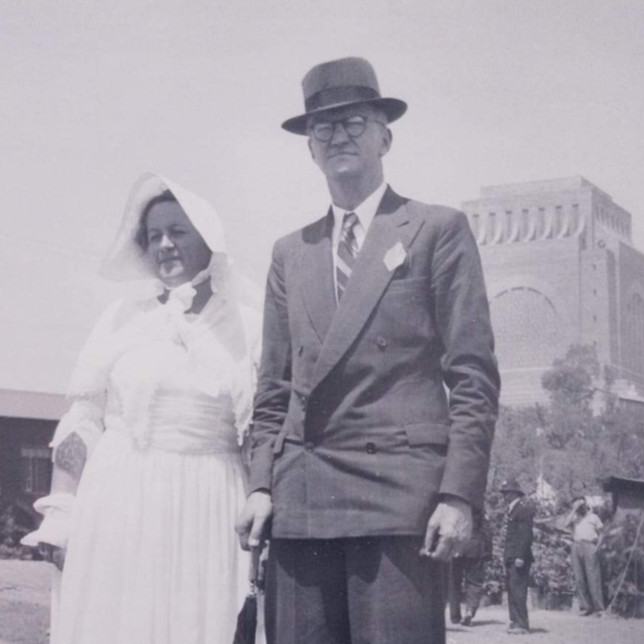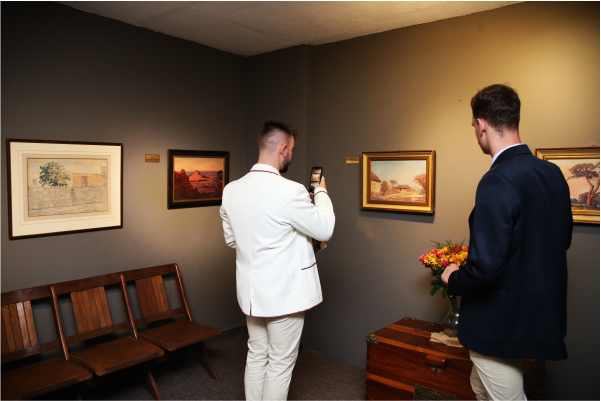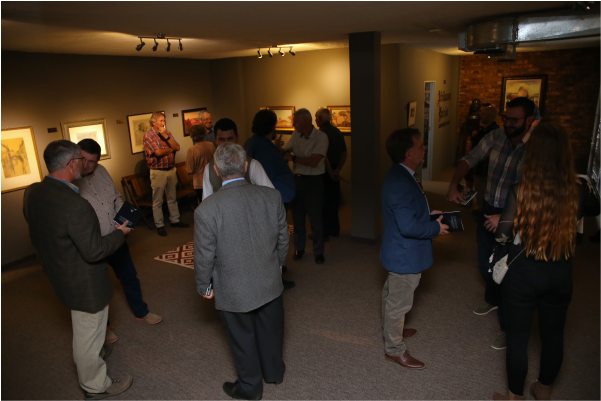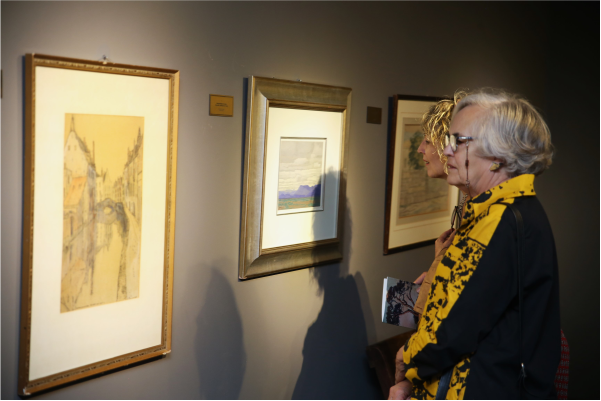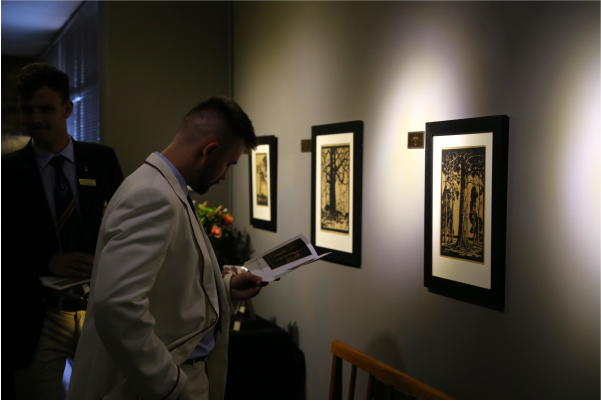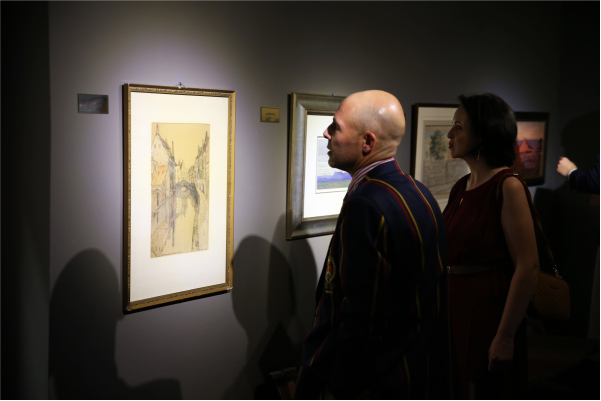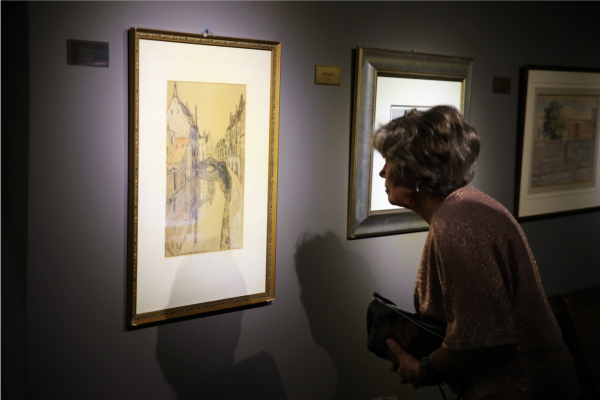PRESIDENTS AND PREMIERS
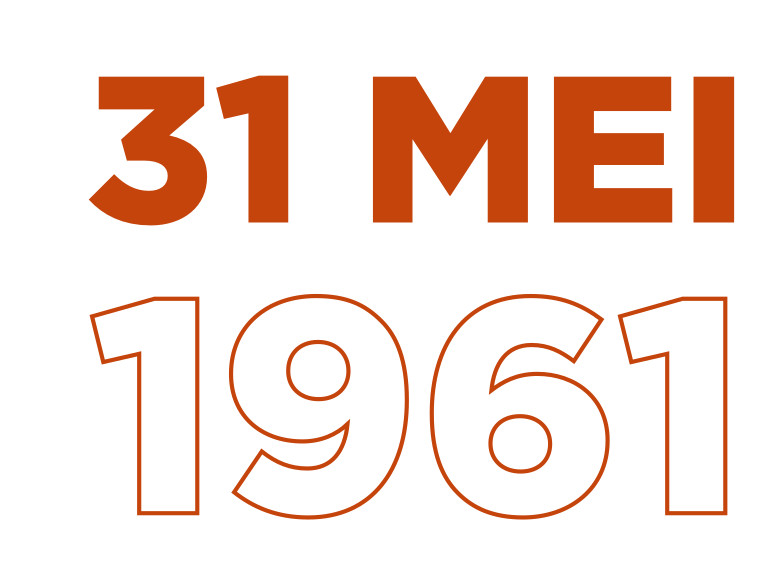
REPUBLICATION
On 31 May 1961, South Africa became a republic. With this he declared his complete independence from the British Empire and detached himself from the long-arm government of London which even after the Union in 1910 still applied to South Africa. South Africa’s membership in the British Commonwealth was consequently suspended and he had to reapply for it. When it became apparent that the concessions demanded by member states before he was admitted to the body again, namely one man one vote – which would lead to a black majority government, were too much to ask, South Africa, led by its prime minister, Dr HF Verwoerd withdrew his application and thus maintained his self-respect.
This exhibition can be seen on the ground floor of the Heritage Centre from Monday to Friday between 08:00 and 16:00.
LEADERSHIP:
ABOUT OLD UNCLES AND THEIR HATS
by Prof. Danie Goosen
History always challenges us. Unfortunately, the word “challenge” tends to discourage some. However, this is the wrong reaction. Challenges offer us enormous opportunities to come up with imaginative thoughts and actions. And to answer the challenges. An answer to the challenges is often accompanied by an enlivening of one’s own. Without challenges, we run the risk of sinking into the mediocre.
Our past leaders are a good example. During the 20th century, Afrikaners faced many serious economic, social and political challenges. The answer given by Afrikaners under the leadership of the old uncles was accompanied by almost incomparable achievements in every area of life. Seize the challenges and read the positive message from our leaders.
Amid the many challenges we face today, the battle for ideas is one of our greatest challenges. To sum it up in a single question: How do Afrikaners respond to the ideological “good versus evil” scheme that is passed on to our leaders and our history? A credible answer (which is historically, rationally and ethically well-founded) is vital for us as a self-respecting cultural community.
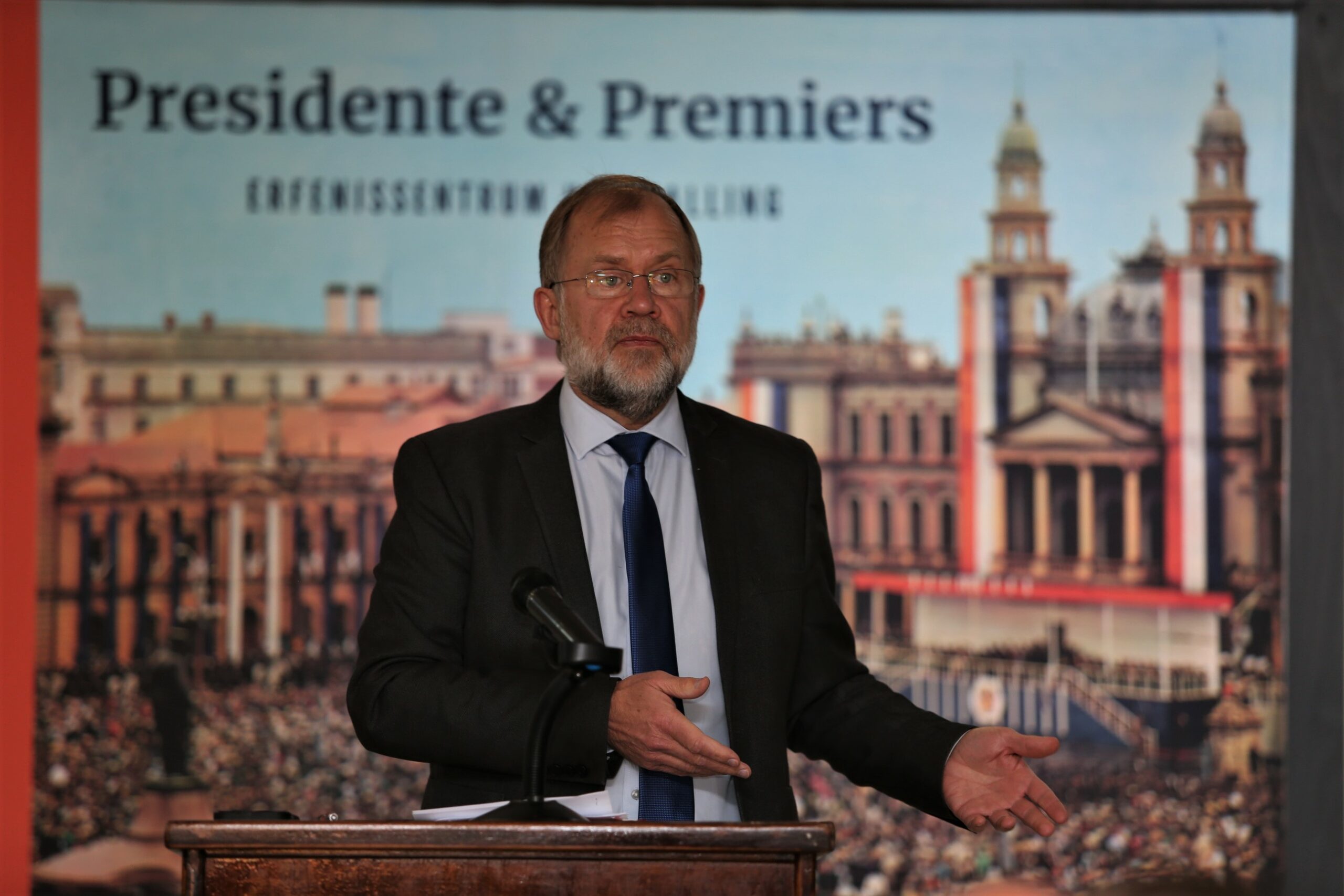
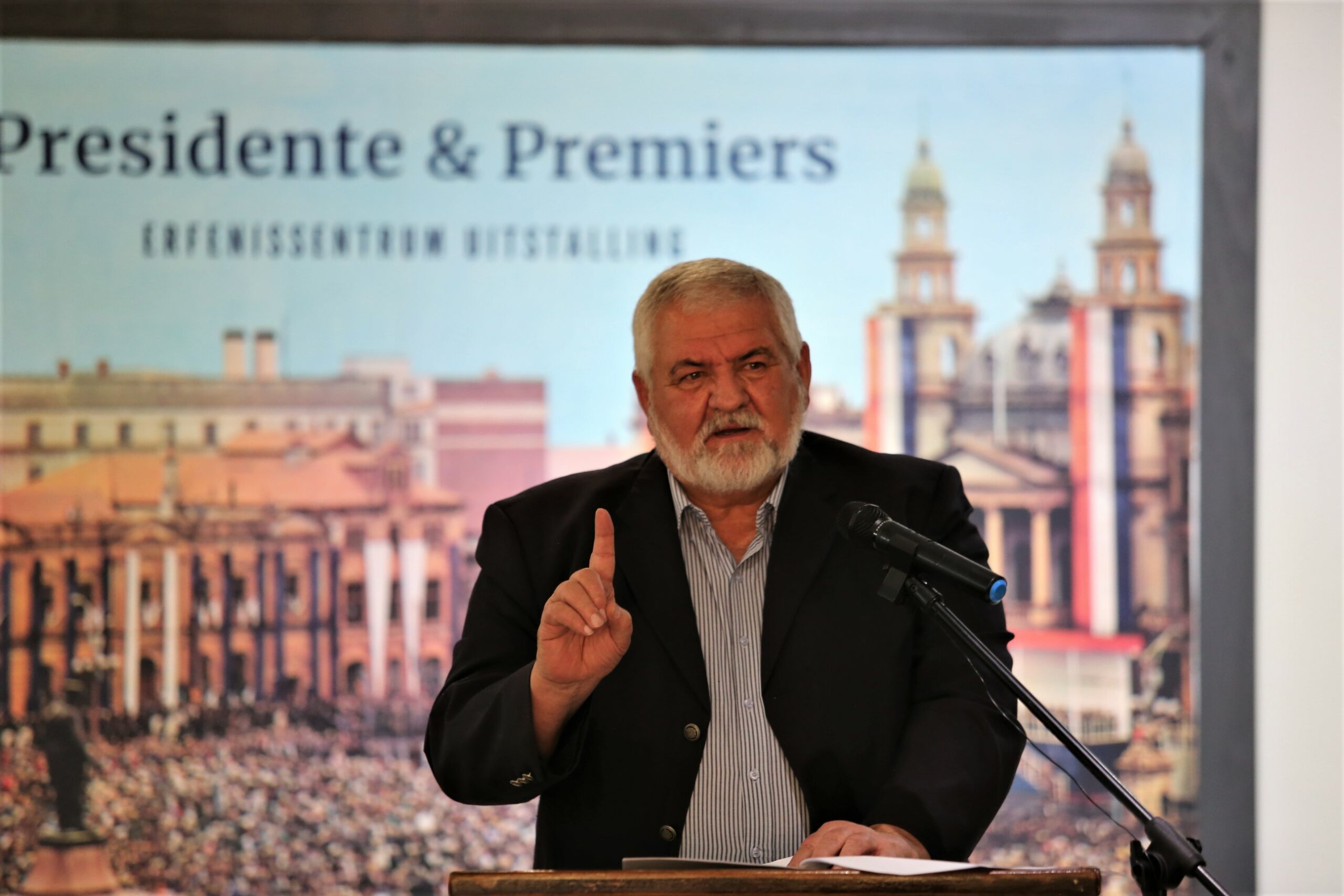
THE PIERNEEF EXHIBITION
Jacob Hendrik Pierneef, a famous South African landscape artist, is considered one of the best old South African masters.
Pierneef attended his first art classes with future artists Cordon Leith and Fanie Eloff at the Hoër Staatsmodelschool in Pretoria. There his teacher JF Hondius encouraged his love for the countryside, while another teacher, Dr. HG Breyer, took his pupils to the field to teach them about natural sciences. When his family returned to the Netherlands, he originally worked part-time in a paint factory and received drawing lessons at night from an old architect. In the factory, he learned how to mix and apply different types of paint. When they moved to Rotterdam, he studied at the Rotterdam Art Academy, where he became acquainted with the works of the old masters. On his return to Pretoria, South Africa, Pierneef learned art techniques from established artists, including his god-uncle Anton van Wouw, as well as Hugo Naudé, Frans Oerder and George Smithard. His first public exhibition was in 1902, with Van Wouw and Naudé.
After several exhibitions, Pierneef worked as an art lecturer at Pretoria College. This enabled him to focus on art, and in 1920 and 1921 he participated in many solo and group exhibitions. One of them was an important exhibition in Pretoria, where he exhibited more than 300 works in various mediums. He resigned as an art lecturer in 1923 due to disagreements with the Education Department over the school curriculum. It was based on the English system, but he felt that South African artists should have their own style. He then painted full-time. Between 1923 and 1924, he visited Southwest Africa (Namibia), where he made numerous sketches, which he later painted – these are often considered among his best works.
Although his work was well received by critics, he was not financially successful. He and his wife visited Europe from 1925 to 1926, where he studied the latest art movements, including impressionist and modern arts. In 1927, he held a very successful exhibition of 86 of his works in Pretoria. Although his work could be considered impressionistic, he did not concentrate on impressions and optical phenomena, but instead abstracted the South African landscape into a logically ordered and geometric composition. Pierneef’s work was also never really abstract, but he concentrated more on the decorative possibilities of geometric shapes.
Pierneef’s colour palette consisted mainly of sun-bleached pastels such as soft blues, ochres and pinks, although he sometimes also used bright colours such as blues, purples and oranges. He painted landscapes from different parts of South Africa but was more familiar with the Transvaal Forest. The paintings executed in this part of the country are considered some of his best works.
The collection of works by Pierneef is made available for exhibition by Sonop Koshuis. This exhibition can be seen on the first floor of the Heritage Center from Monday to Friday between 08:00 and 16:00.







